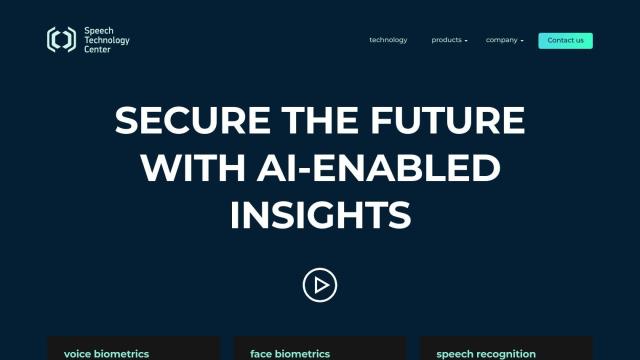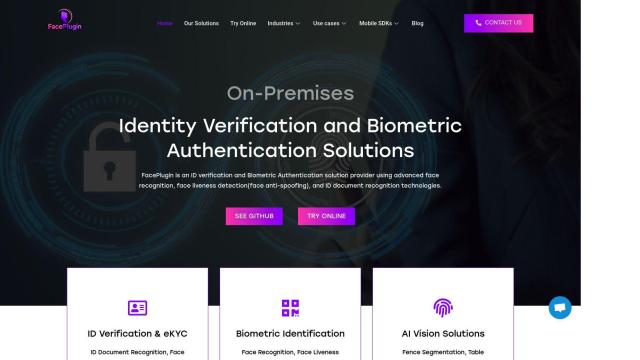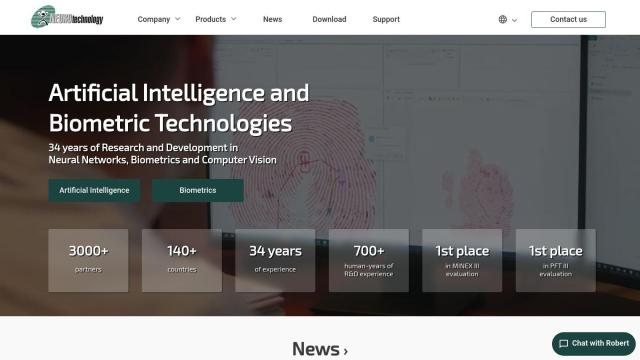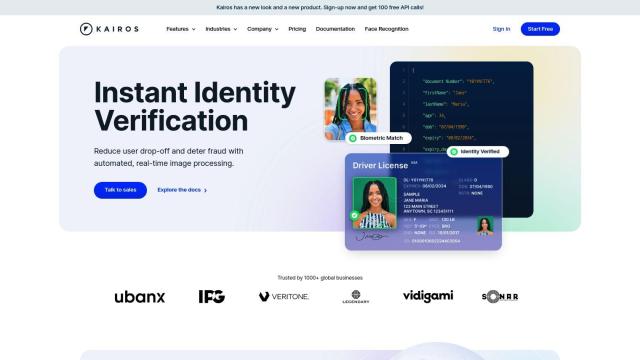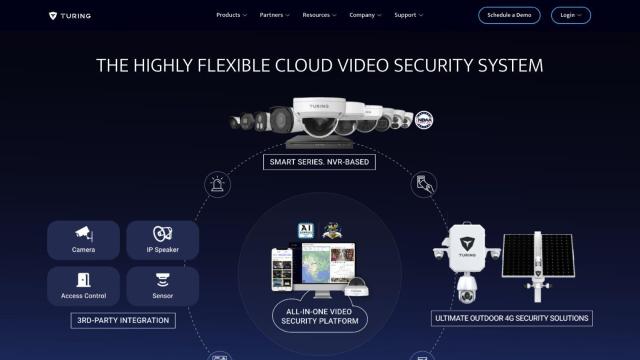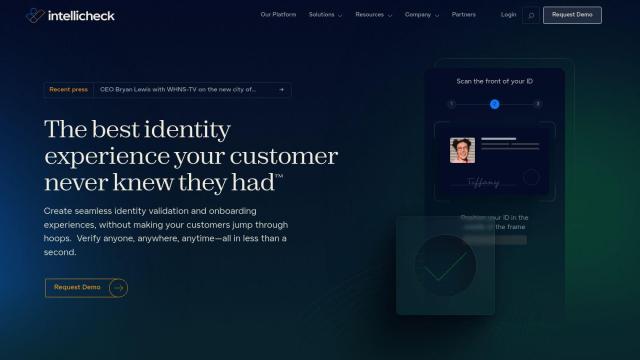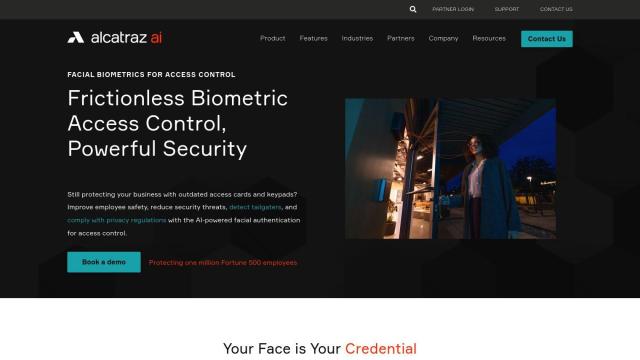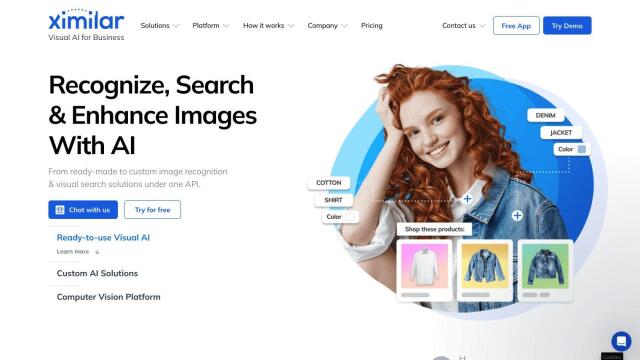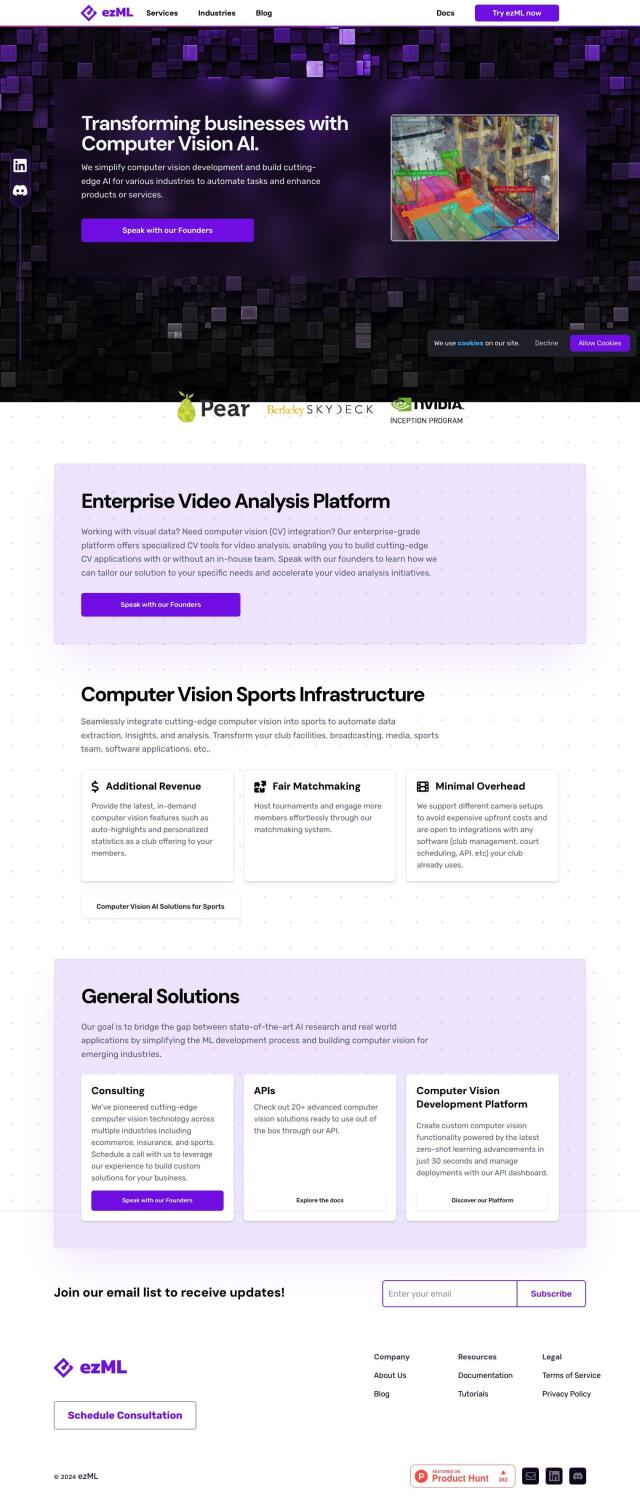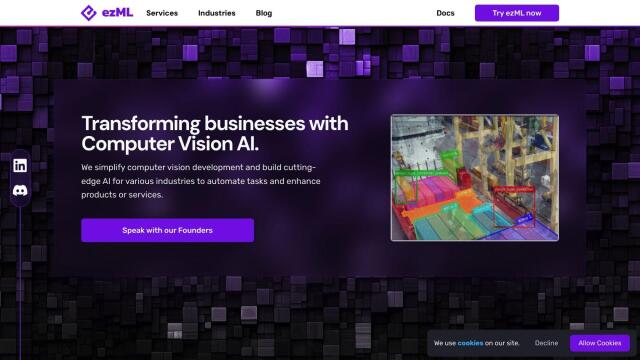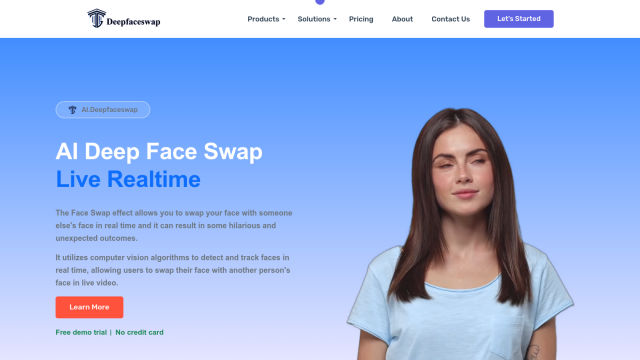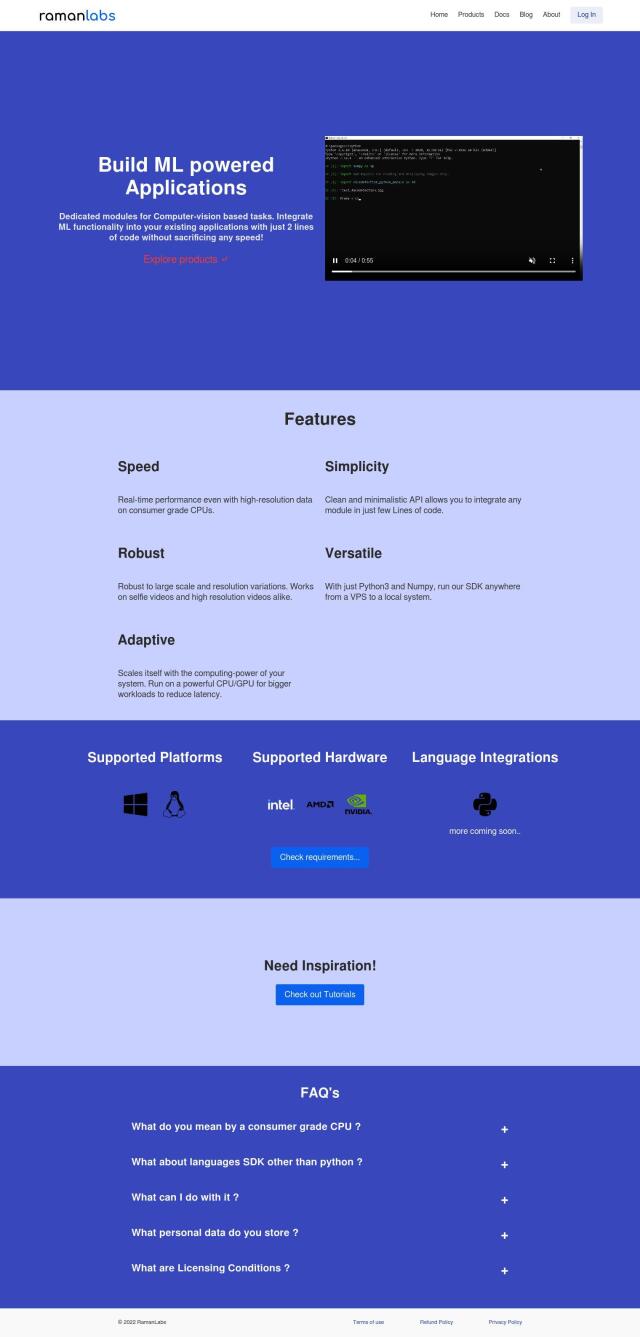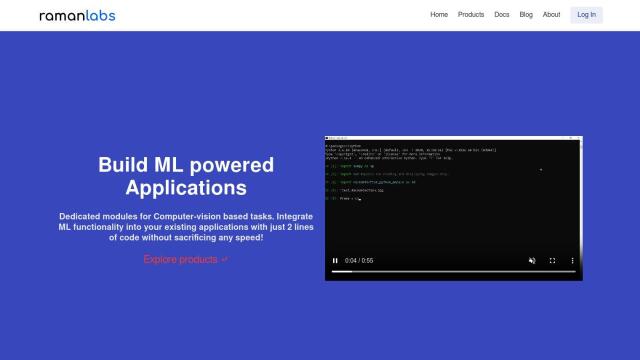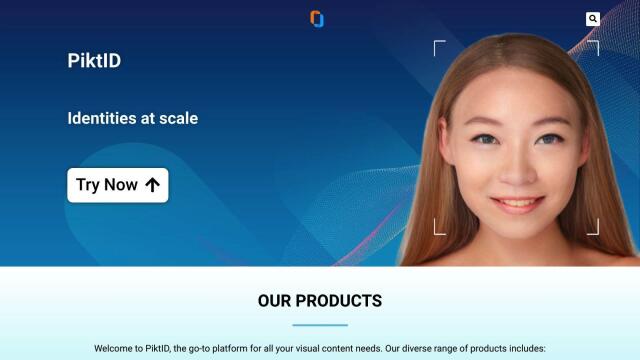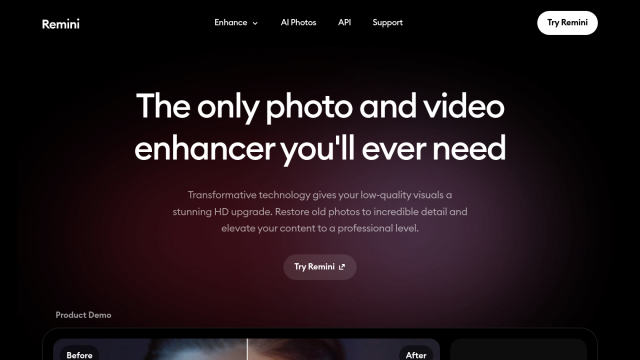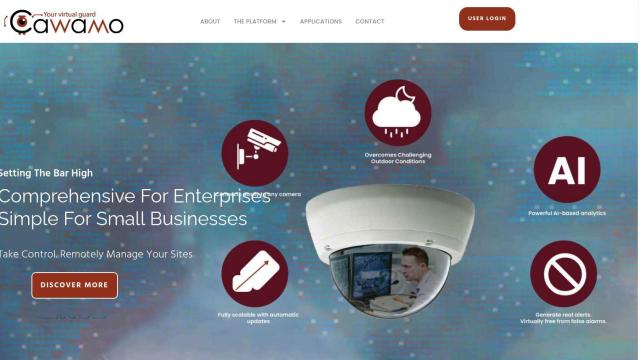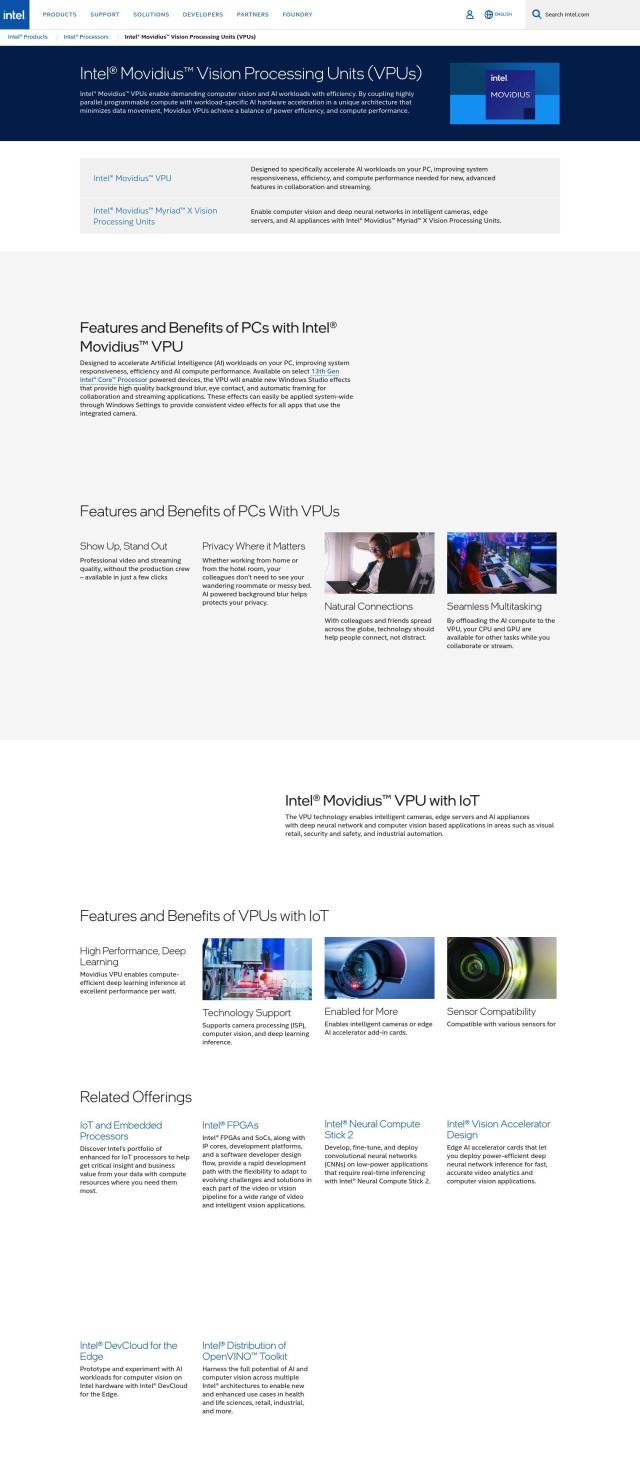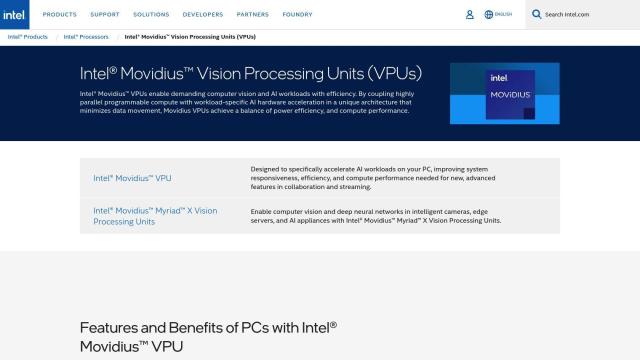Question: I need a reliable face recognition technology that can work in various conditions, such as different lighting, can you suggest something?
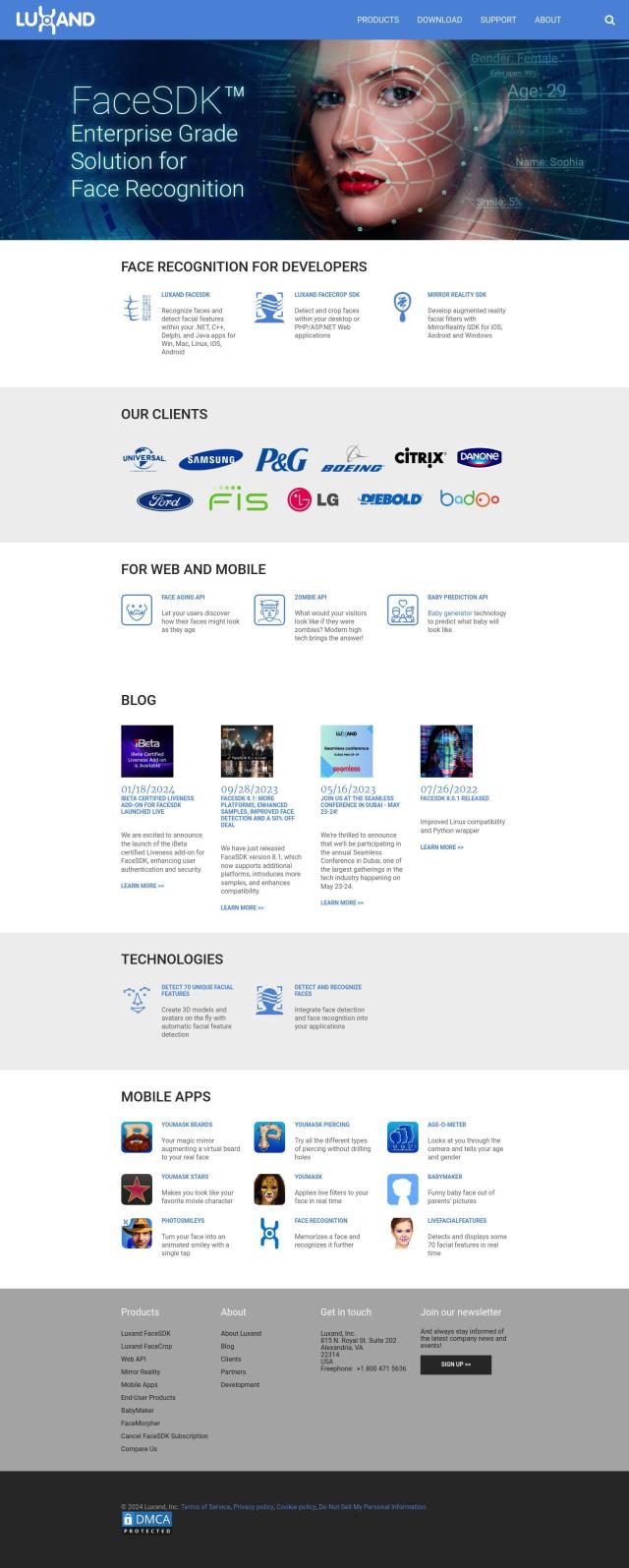

Luxand
For a more mature face recognition technology that can work in a variety of conditions, including different lighting, Luxand has a suite of options. Its SDKs and APIs let you detect and recognize faces in still images and video streams, and it offers options like thermal face detection, mask-on face detection and live video recognition with self-learning AI. It's good for biometric user authentication, attendance tracking, security and entertainment services.

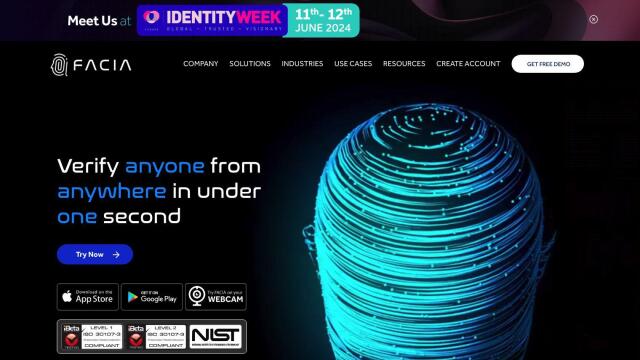
Facia
Another good option is Facia, a higher-end facial recognition technology that includes services like face recognition, liveness detection and face matching. It stores data on your own servers and is GDPR compliant for data privacy and security. Facia is used in retail, government, health care and finance, so it's good for a variety of use cases like account deduplication and access control.
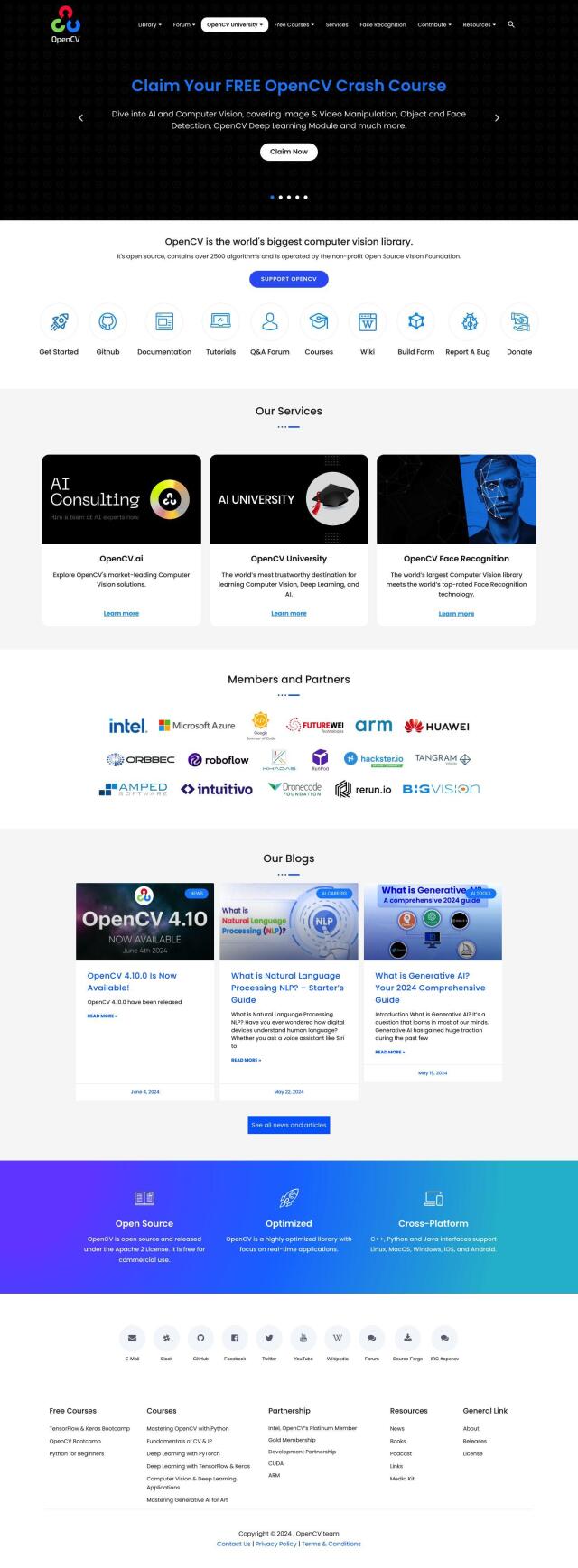
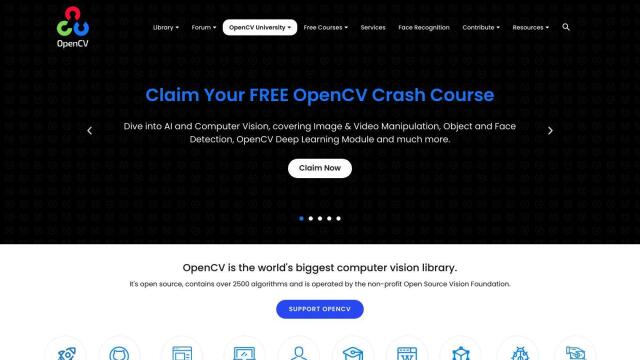
OpenCV
If you want a more powerful, open-source option, OpenCV has more than 2500 algorithms for machine learning and artificial intelligence tasks. It's got some of the highest-rated face recognition technology out there, and it runs on Linux, macOS, Windows, iOS and Android. OpenCV is geared for programmers and other experts, with tutorials and courses to help you learn computer vision and AI skills.

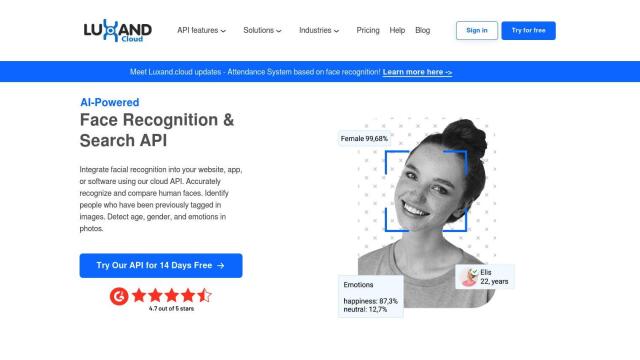
Luxand
Last, Luxand is a cloud-based facial recognition API that also offers age and gender detection, emotion detection and liveness detection. It's easy to integrate with various programming languages, and it's designed to handle large volumes of photos while protecting security with neural network templates. Luxand is good for companies that need biometric authentication, attendance systems and fraud detection.

